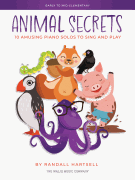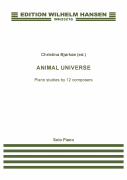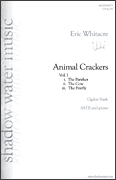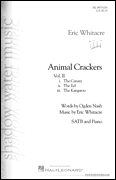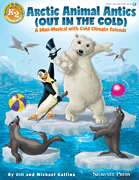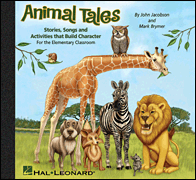Search Results for: “Animal”
Loading...
The House Of The Rising Sun View 95 Products
Boom Boom View 76 Products
Animal Fair View 30 Products
C.c. Rider View 28 Products
Don't Let Me Be Misunderstood View 21 Products
We Gotta Get Out Of This Place View 17 Products
Heat Waves View 14 Products
Animals View 14 Products
Don't Bring Me Down View 13 Products
Talk To The Animals View 13 Products
Animal Requiem View 13 Products
Animal View 12 Products
The Swan Carnival Of The Animals Saint-Saens, Camille View 10 Products
Animal Crackers In My Soup View 9 Products
I'm In Love Again View 7 Products
Animal I Have Become View 5 Products
Animal Bar View 5 Products
Animal Crackers View 5 Products
Animal Song View 4 Products
Animal Passion View 4 Products
The Animal Fair View 3 Products
Animal Nitrate View 2 Products
Animalia View 2 Products
Animal Rhythms View 1 Product
